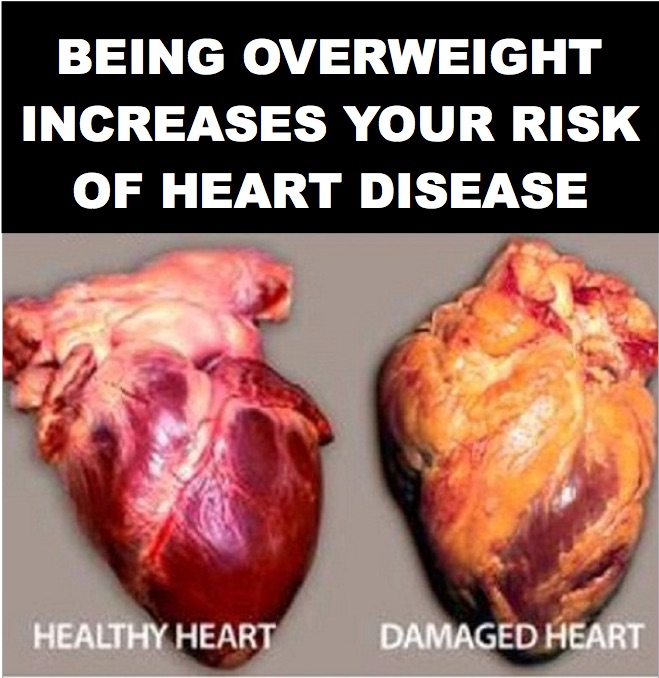
Would graphic warnings on unhealthy food make you think again?

A new study shows that health warnings on packaged foods can help us make healthier choices – but it’s negative messaging that really drives the point home
Published 24 May 2018
Those lollies and chocolates invitingly on display at the supermarket checkout are entirely strategic.
Junk food has little to recommend it to the smarter parts of our brains, but to our impulsive side, taste is all that matters. We might strategically avoid the confectionary aisle, but we all have to pass through the checkout where our impulses can be overwhelmed by the lure of the sugar fix.

Decision psychology researcher Dr Stefan Bode says the checkout trick is just one of a multitude of “environmental cues” that food companies use to market their products, from packaging to lifestyle messages and popular culture.
But how alluring would that chocolate be if the packaging was slapped with a picture of decaying teeth or a diseased heart?
New research by the University of Melbourne and Cancer Council Victoria, published in both NeuroImage: Clinical, and Appetite, suggests that just like warnings on cigarette packaging, when it comes to junk food - the more graphic and negative the message the better. But they also found that positive imagery or negative text-only warnings can work too.
Nudging food choices
The research, conducted as part of a PhD project by Daniel Rosenblatt, reinforces arguments that mandatory health warnings on unhealthy food could be an effective element of a comprehensive approach to improve diets and combat rising rates of obesity-related chronic diseases like diabetes, heart disease and some cancers.

“The food industry uses all sort of positive cues to encourage you to eat, playing on taste, how it will make you feel good, making it look appetising, but when it comes to unhealthy foods - this is dangerous,” says co-researcher Dr Bode from the University of Melbourne’s School of Psychological Sciences.
“The idea of warning labels is to use the power of cues, but in the other direction, and use health-focused cues to nudge people towards healthier food.
“And what we’ve found in Daniel Rosenblatt’s experiments in the laboratory is that if you want to stop people choosing fatty and sugary packaged foods, health warnings actually work.”
Tackling rising obesity
Rates of obesity worldwide have almost tripled since 1975.
Around 13 per cent of adults are now obese the world over, and 39 per cent are overweight. The epidemic is worse in richer countries (OECD) where nearly 20 per cent of adults are obese.
Beyond hypothetical surveys there isn’t enough research into what sort of food labelling would be the most effective. That prompted the researchers to develop a unique experiment in which hungry participants actually received a portion of food to eat that matched their choices before and after viewing different health warnings.

“Most of the research in this area is based on surveys in which researchers ask people whether they think various messages would change their behaviour, but we know there can be a massive mismatch between people’s intentions and their actual behaviour,” says Dr Bode.
“In our experiment we tried hard to approximate the real world and have our participants make a decision with immediate, real consequences.”
The team recruited 95 participants who hadn’t eaten for at least four hours and told them that at the end of the screen-based experiment they would each receive a snack food that matched their preference.
Comparing warnings
Each participant was then shown colour pictures of 50 different snack foods ranging from chips, chocolate bars and biscuits, to nuts, fruits and vegetables.
They were asked to rate on a scale how much they would like to eat each food at the end of the experiment.
Participants were then shown ten different health warnings from one out of five possible categories, text-only positive messages; text-only negative messages; positive text and graphic messages; negative text and graphic messages; and, lastly, messages that only showed scrambled images and unreadable text as a control.

They then had to rate a similar set of 50 snack foods that were closely matched on health and taste attributes to see if the health warning had influenced their preferences.
The research found that neither the control messages or the positive text-only messages had any impact.
However, negative text-only messages, and imagery combined with positive text were both effective in encouraging people to revise their initial choice for a healthier option.

But the strongest effect was observed for negative text combined with imagery. It was twice as effective in making people change their minds as the other messages.
To try and better understand what was going on in the brain when people evaluate foods after seeing health messages, the researchers also monitored participants’ brain activity using non-invasive electroencephalography (EEG), in which electrodes are attached to the head.
Disrupting our impusles
The researchers wanted to know what kinds of thinking processes were influenced by the warning messages. The results suggest that warning labels prompted participants to exercise more self-control, rather than act on impulse. The brain signals allowed them to “see” how the warning messages were working.
“One of the aims of the project is to try to unravel what mechanisms are at work when we make choices on what to eat so that we can develop effective health messages,” says co-researcher Dr Helen Dixon, a behavioural scientist with the Cancer Council of Victoria and an honorary researcher at the University of Melbourne.

“Strong cues like anticipated taste, tend to work on us in a more unconscious way, and therefore health messages need to disrupt these more impulsive, hedonistic responses to foods and make people consciously consider the health implications of their choices.”
While many countries require products to display their sugar, salt and fat content on the back of packs, Dr Dixon says that the Chilean government has taken the bold step of introducing compulsory warning labels on unhealthy packaged foods.
All foods that exceed certain limits for calories, saturated fat, sugar or sodium must carry a black stop sign that reads “HIGH IN” followed by “CALORIES, SATURATED FAT, SUGAR or SODIUM, and are auhtorised by the “Ministry of Health”.
Health star rating
Dr Dixon says one immediate step the Australian government could take is to enhance the Health Star Rating system on foods, including the method of calculating health stars, so that foods high in sugar, sodium or saturated fat can’t receive high health star ratings.
Once these changes are made then the scheme should be made mandatory.

Health & Medicine
Allergies, food labelling & saving lives
“So far only a minority of products have adopted the rating since its launch in 2014,” says Dr Dixon.
The front-of-pack labelling system rates the healthiness of products using a 5-star scale and aims to encourage consumers to make healthier food choices.
“Improving the Health Star Sating system, currently under review, and then making the system mandatory would be a big improvement on what we currently have,” says Dr Dixon.
“The Health Star Rating system has potential to be a powerful tool for informing consumers and motivating their purchasing behaviour towards healthier choices if certain changes are introduced.”
Banner Image: Getty Images


